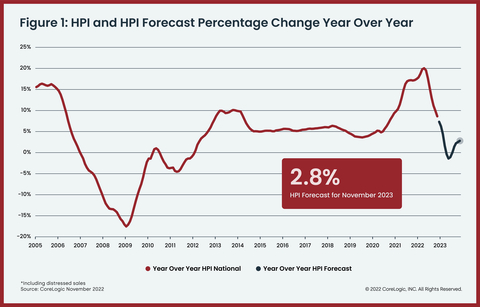Zillow names Charlotte as 2023’s hottest housing market
Zillow’s 10 hottest markets are based on factors such as expected home value growth and buyer demand Charlotte will be this year’s hottest housing market, according to a Zillow® analysis. Cleveland, Pittsburgh, Dallas and Nashville join Charlotte in the top five of the Zillow 2023 hottest markets list. “This year’s hottest markets will feel much chillier than they did a year ago,” said Anushna Prakash, economic data analyst at Zillow. “The desire to move hasn’t changed, but both buyers and sellers are
Read More







